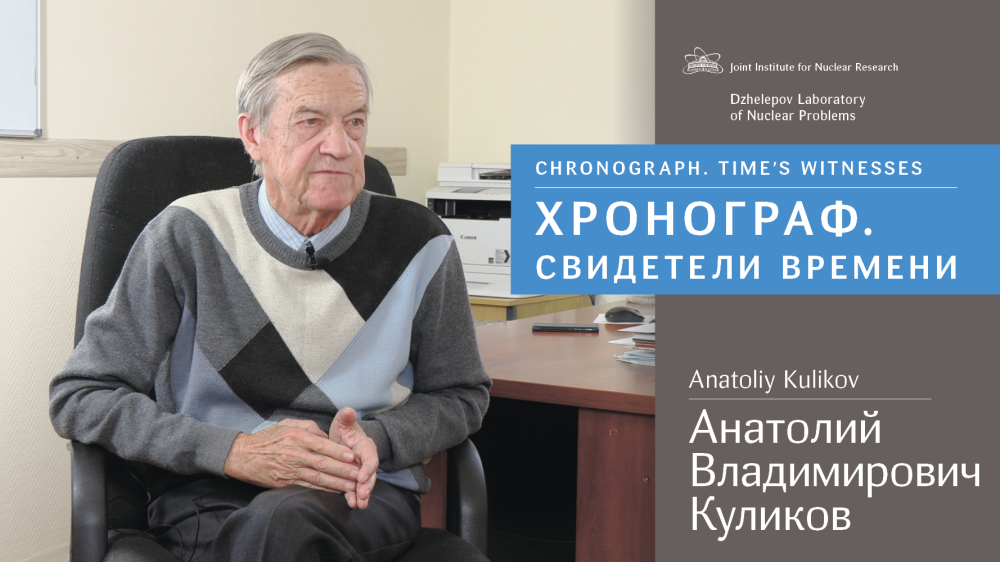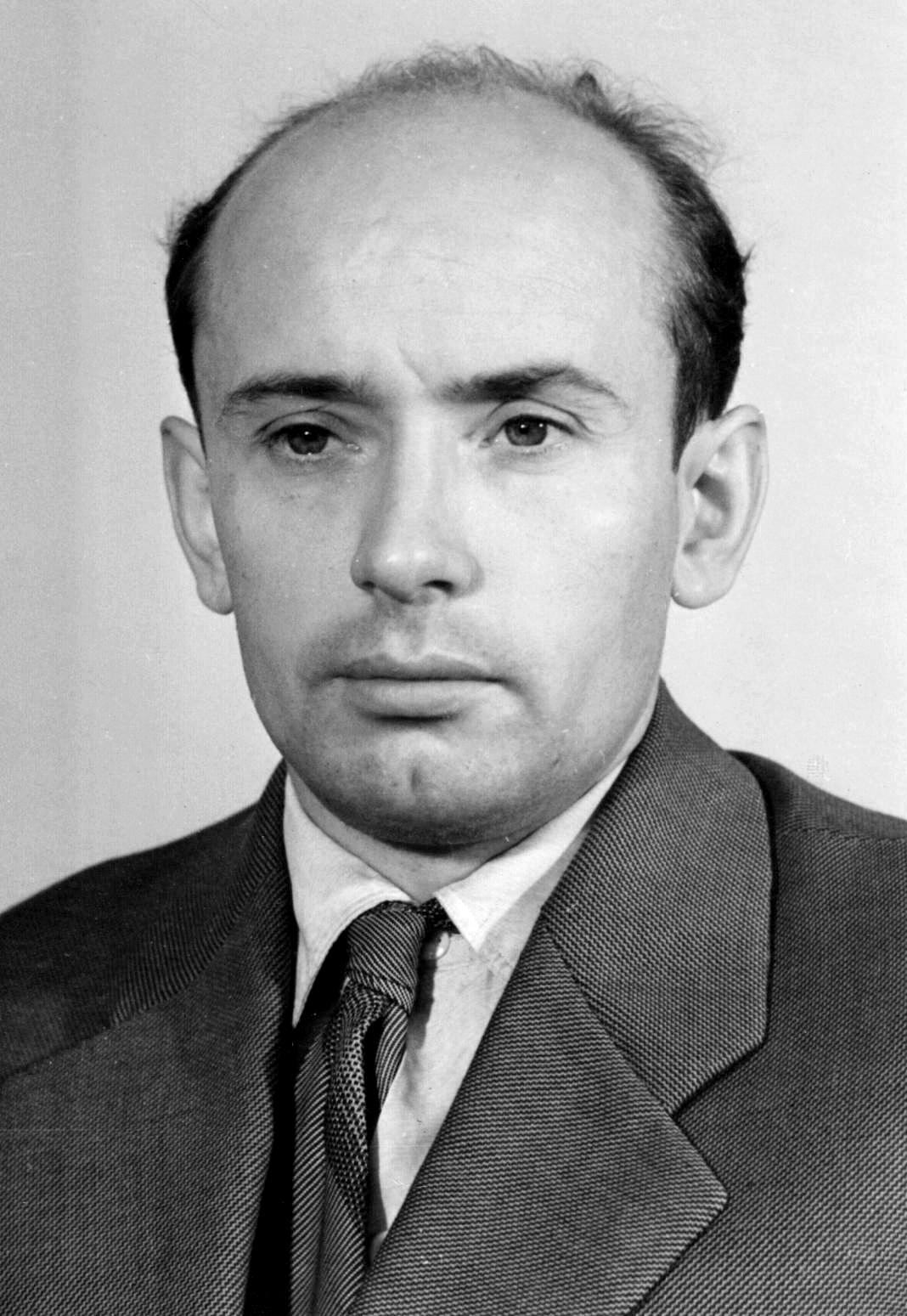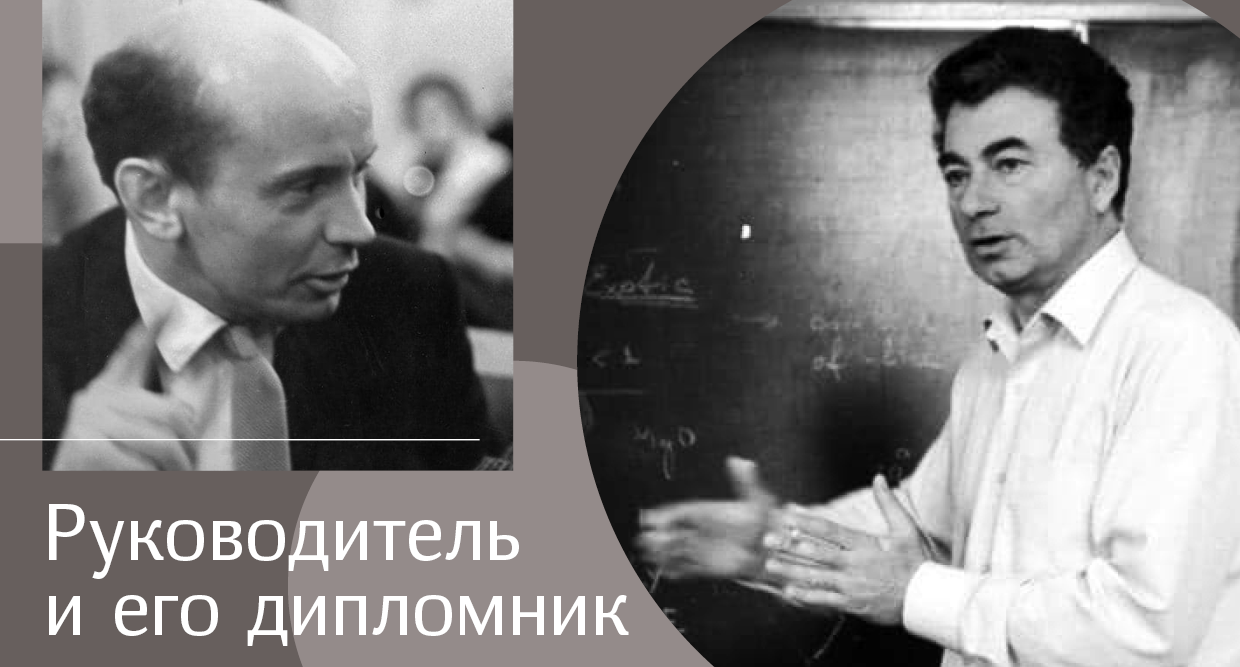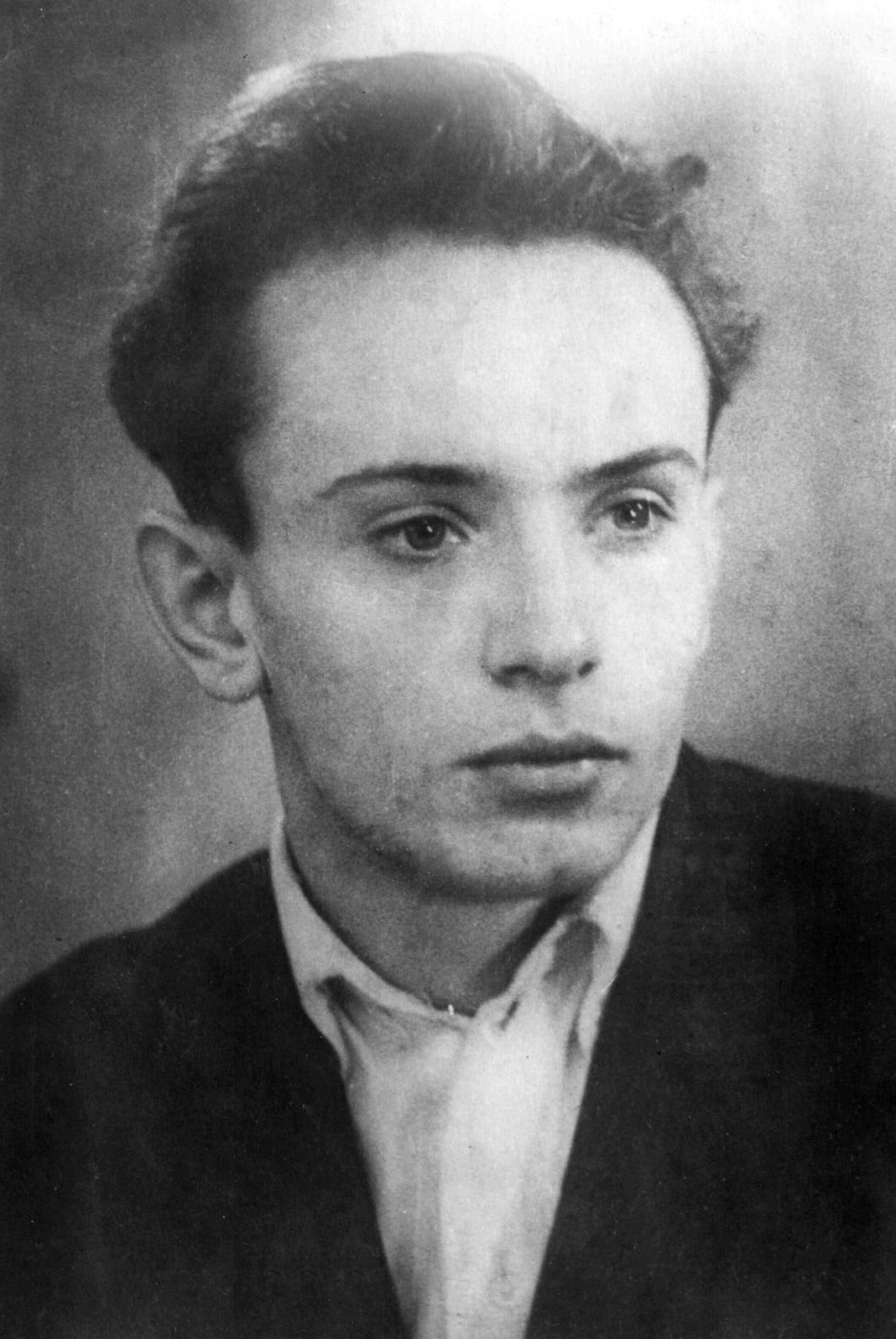“Chronograph. Time’s Witnesses: Anatoly Vladimirovich Kulikov”

Anatoly Vladimirovich Kulikov graduated from the MSU Faculty of Physics in 1968 and later completed the postgraduate studies at the same university. He worked in the Dubna branch of Skobeltsyn Institute of Nuclear Physics of MSU for more than 20 years making his way from a junior researcher to the director of the branch. All this time he was assigned to the JINR Laboratory of Nuclear Problems, and his scientific work was closely connected with his participation in the institute experiments. In 1994 A. V. Kulikov transferred to the position of the head of a sector at DLNP JINR.
The first significant result was obtained by Anatoly Vladimirovich within the experiment on searching for long-lived particles at the new accelerator in Protvino. The idea of the experiment belonged to Bruno Pontecorvo, and A. V. Kulikov was responsible for the whole practical part of the experiment including the creation of the experimental facility, measurements, and data analysis. The results of this work became a basis for his candidate dissertation that he defended in 1976.
The next stage was the series of studies of exotic atoms conducted at the IHEP accelerator on the Positronium facility. The decay of the π0 meson into a gamma-quantum and a positronium atom was discovered, and its extremely low possibility was measured. Then pion dimesoatoms, a coupled state of the π+ and π– mesons, were first observed. For these experiments, A. V. Kulikov developed a wide-aperture gas Cherenkov counter with a wavelength shifter and a scintillator hodoscope with a high time resolution.
Later on, study of exotic atoms was continued at the DIRAC facility in CERN. A. V. Kulikov was responsible for the important activities at the facility: development and operation of the multilevel trigger system. As a result, πK atoms were first discovered, and the lifetime and scattering length of π+π– and πK atoms were measured.
At the same time as working in CERN, Anatoly Vladimirovich actively participated in the experiments in the Forschungszentrum Jülich. He made a significant contribution to the creation of the front detector system and trigger of the ANKE spectrometer at the COSY facility.
Experiments at ANKE gave numerous results in the field of intermediate-energy hadron physics involving use of polarized beams and jet polarized targets. Work at COSY also included participation in the PAX project with polarized antiprotons and the JEDI project on searching for the electric dipole deuteron moment.
The work on trigger systems for the DIRAC, ANKE, and PAX experiments became a basis for the doctoral dissertation that A. V. Kulikov defended in 2007.
In recent years, A. V. Kulikov has been actively participating in the preparation of the SPD project at the NICA collider.
Anatoly Vladimirovich is an author of more than 200 publications, and his works were recognized by the JINR prizes three times and four times by the DLNP JINR prizes. He gave the course of lectures “Experimental nuclear physics” for students of MIPT for 20 years, prepared the candidate of Science and many diploma students.
Timecodes for the video:
00:00 Beginning
00:54 What made you become a physicist? Why did you choose MSU?
03:13 Will you tell us, please, about your professors and fellow students at MSU?
07:30 Do you have some interesting stories about your professors?
09:00 Were your professors strict?
11:04 How did you get to JINR?
11:57 When at JINR, did you continue to work at Skobeltsyn Institute of Nuclear Physics of MSU?
14:29 How long were you the director of Skobeltsyn Institute of Nuclear Physics of MSU? When did you transfer to JINR?
15:03 What did you work on at JINR? What projects did you participate in at IHEP? In CERN?
23:42 What projects are you currently involved in?
26:14 What are your opinions on Dubna?
29:45 What kind of hobbies do you have?
30:37 Tell us, please, about Bruno Pontecorvo.
35:15 Which of your colleagues would you like to tell more about?
40:00 How was it at the meeting with your MSU fellow students devoted to the 50th anniversary of the graduation?
42:42 What would you like to advise young people who have just started their career in science?
43:53 What would you wish for your colleagues in the year of the 75th anniversary of the Laboratory of Nuclear Problems?
Link to watch the video on the JINR resource:
https://disk.jinr.ru/index.php/s/FDQSgEdP5AYLAHY





